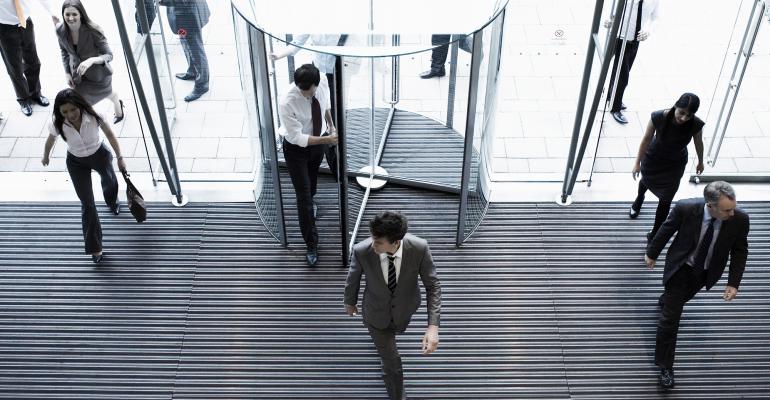Here’s an irony of the transition that the commercial real estate industry is making in the wake of the COVID-19 crisis: we’re still all in this together.
That was the theme we followed last year, but it has—and will continue to have—great applicability as we pivot to full vaccinations and a more confident view of working once again in our office buildings. And it reflects IREM’s long-standing position that service—to our owners, investors, tenants and residents—requires a close working relationship to satisfy their disparate needs and enhance property value.
It’s a critical consideration at this point in the transition from working from home to returning to the office. Tenants have new expectations, and need guidance on bringing employees back, which spells out new responsibilities for building managers.
A personal association with your tenants at this critical juncture is key to understanding the hesitations that might still remain, vaccinations aside. And sometimes, even science aside. For instance, as our coalition partner BOMA International pointed out in a recent in-depth article on the subject (“Health, Wellness and Sustainability Beyond COVID-19”), the deep cleaning of surfaces does little to prevent the spread of the virus, and plexiglass is virtually useless unless you’re standing face to face.
But comfort levels can transcend those evidence-based conclusions, and seeing building staff cleaning and disinfecting can provide a level of comfort to still nervous occupants. This addresses not one, but two health crises: one physical and one emotional.
In that context, there’s been talk about hygiene theater—the busy work that only looks purposeful. But, as the report indicates, “all of us equate shiny with clean, and it becomes clear that hygiene theater is theater only for the first crisis. It has practical implications for the second.”
So does tenant awareness of what building management and ownership is doing behind the scenes. Upgraded and efficient building systems for enhanced air filtration and ventilation are a must for a safe return, and this is where building ownership must also engage, since such enhancements to systems and other improvements, like creating outdoor meeting spaces, could be capital-intensive.
But building management and ownership cannot walk this walk alone. As WMRE reported recently, “a younger generation of workers who have, even pre-COVID, said they prioritize flexibility and a forward-thinking nature of organizations over salary are more likely to look past openings at firms who cling to more traditional setups and routines. That also means taking into account climate and environmental factors, as well as digitization in these office-outfitting efforts.”
Hidden in those words are other questions: Are tenants doing their part in bringing employees back to the office? Are they promoting more flexible work schedules? Are they practicing smart post-COVID-19 practices, such as allowing more access to outside spaces and freeing up schedules, so employees feel trusted and respected enough to make the call as to when and where they work? In short, are the decision-makers in your tenant spaces making the choices that promote safety, flexibility and collaboration?
These are serious questions that underscore the need for all constituents to work together more closely. But there is clear evidence, at least on the building manager’s part, that all that could be done is being done. In fact, a recent Q2 COVID Impact Study headed by BOMA and sponsored by Yardi reveals that 78 percent of corporate decision-makers still find their offices “vital” to the success of their business. Happily, a big part of that, for 88 percent, is the fact that their building managers communicated “just the right amount” throughout the pandemic. (It should be noted here that the survey polled more than 3,000 U.S.-based C-suite executives.)
Keep up the good work, because today more than ever, building health and tenant wellness and productivity are interconnected goals.
That brings us back to the need to engage in two-way communications with our tenancy, with open and honest conversations. These can lead to a greater understanding on both sides of what the other is trying to accomplish, and how they can each provide mutual support. They can also be terrific teaching moments for managers with tenants who need to move beyond plexiglass-and-deep-cleaning rituals.
I firmly believe the real estate management industry has excelled in maintaining health and safety for tenants, staff and vendors through the depths of the pandemic in 2020. We need to maintain that level of care and attention as we transition back to normal, today and tomorrow.
After all, we’re all still in this together.
Chip Watts is the 2021 president of the Institute of Real Estate Management. In addition, he serves as president and executive CPM for Watts Realty Co., Inc. in Birmingham, Ala.





